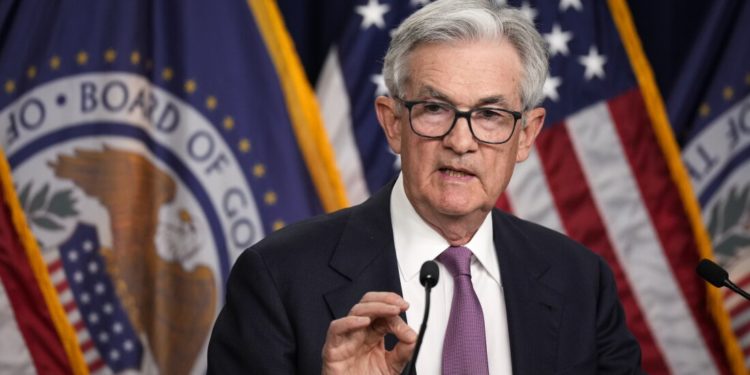The Federal Reserve lowered its benchmark interest rate by half a percentage point on Wednesday, marking a significant shift in monetary policy as inflation continues to move towards the central bank’s 2 percent target.
The Federal Open Market Committee (FOMC) voted to reduce the target range for the federal funds rate to 4.75-5 percent, down from the previous range of 5.25-5.5 percent. This decision comes as the Fed gains “greater confidence that inflation is moving sustainably toward 2 percent,” according to the statement released after the meeting.
The rate cut, the first since the pandemic-era reductions in 2020, signals a pivotal moment in the Fed’s fight against inflation. While acknowledging that inflation “remains somewhat elevated,” the committee noted that recent indicators suggest “economic activity has continued to expand at a solid pace.”
The labor market, a key factor in the Fed’s decision-making process, shows signs of cooling. “Job gains have slowed, and the unemployment rate has moved up but remains low,” the statement said, indicating a potential easing of wage pressures.
Fed Chair Jerome Powell emphasized the balanced approach the committee is taking. “The Committee judges that the risks to achieving its employment and inflation goals are roughly in balance,” he stated.
The decision to cut rates was not unanimous. Michelle W. Bowman voted against the action, preferring a more modest quarter-point reduction.
Looking ahead, the Fed remains cautious. “The economic outlook is uncertain, and the Committee is attentive to the risks to both sides of its dual mandate,” the statement read. This suggests that while the Fed is ready to ease policy, it remains vigilant about potential economic headwinds.


















